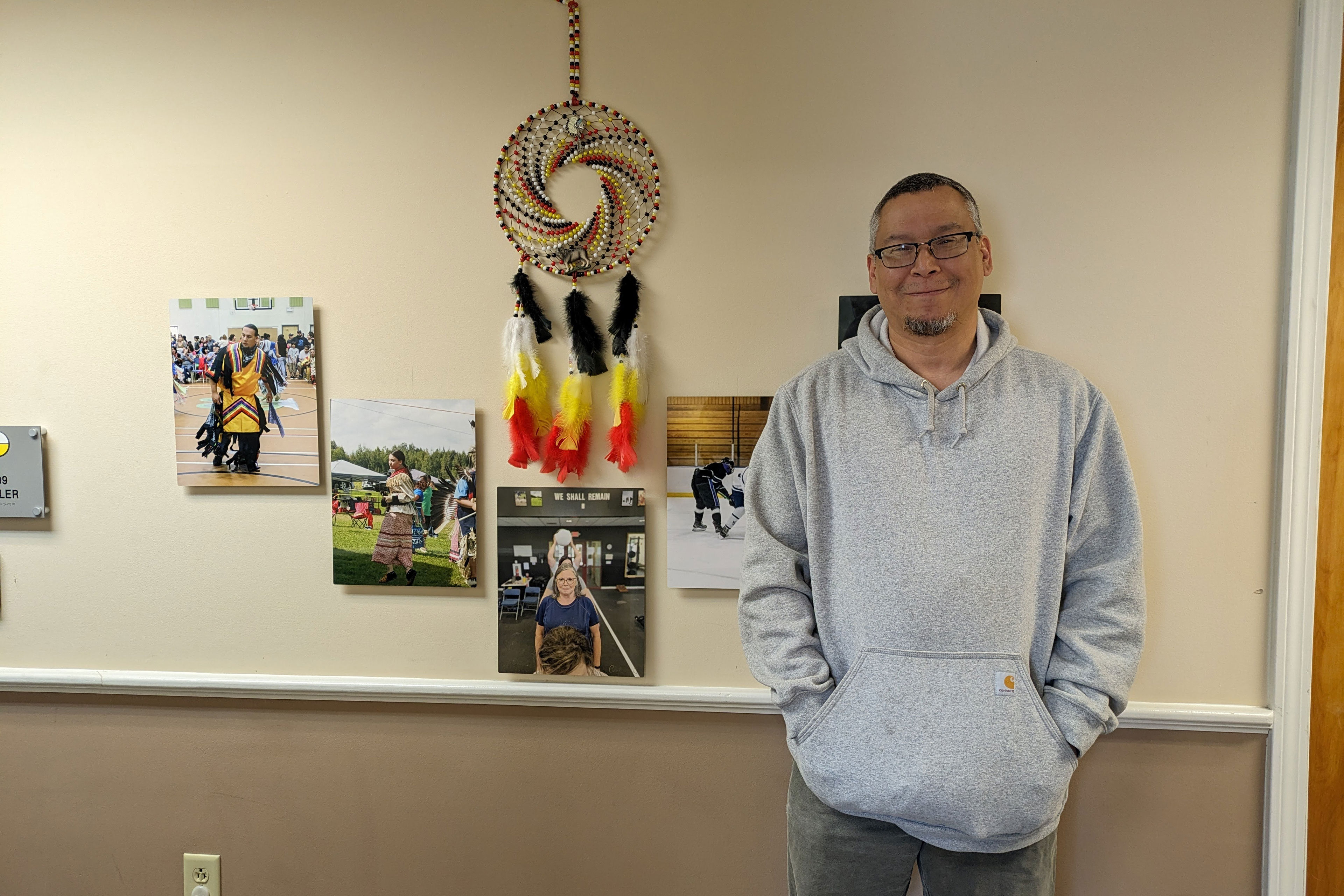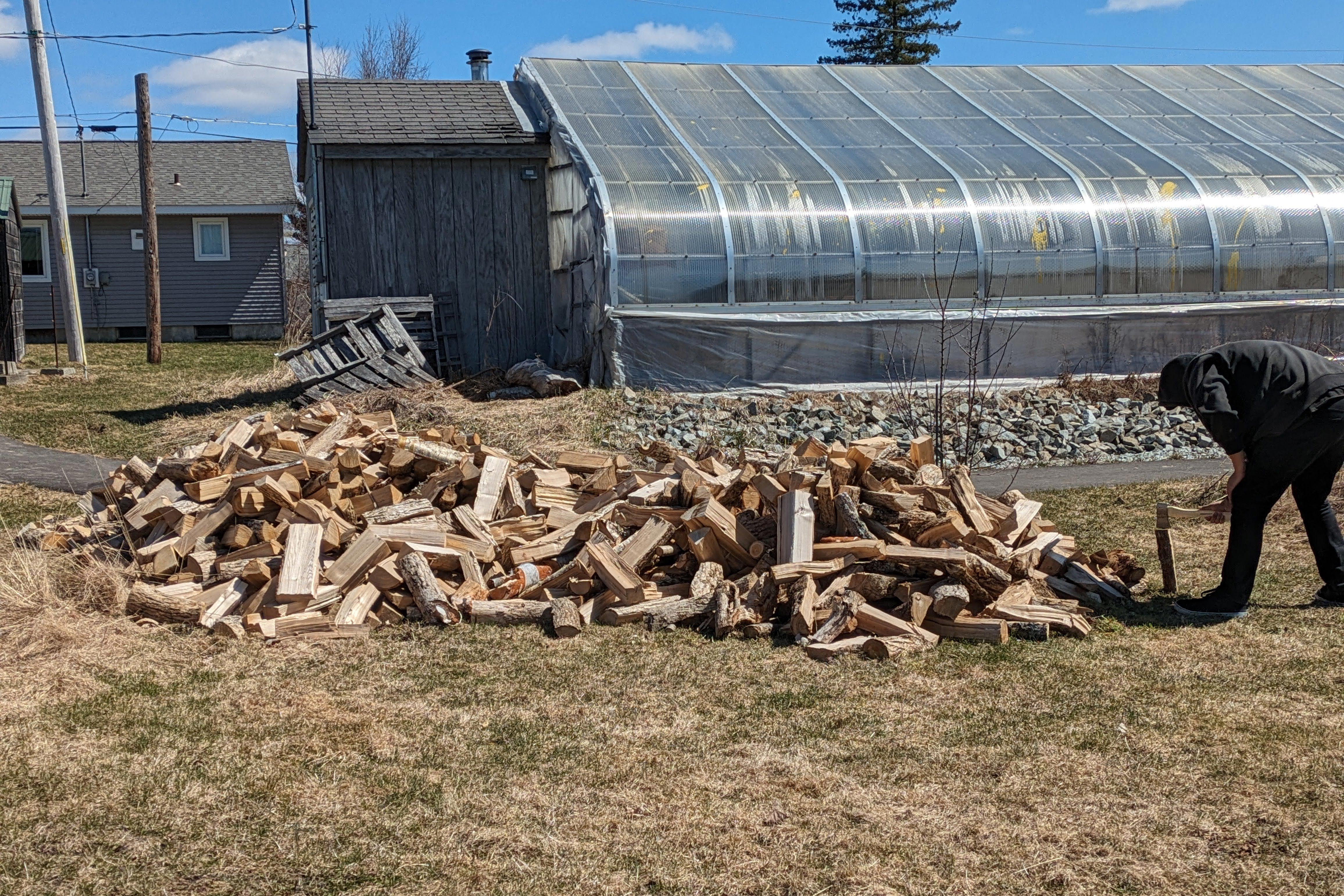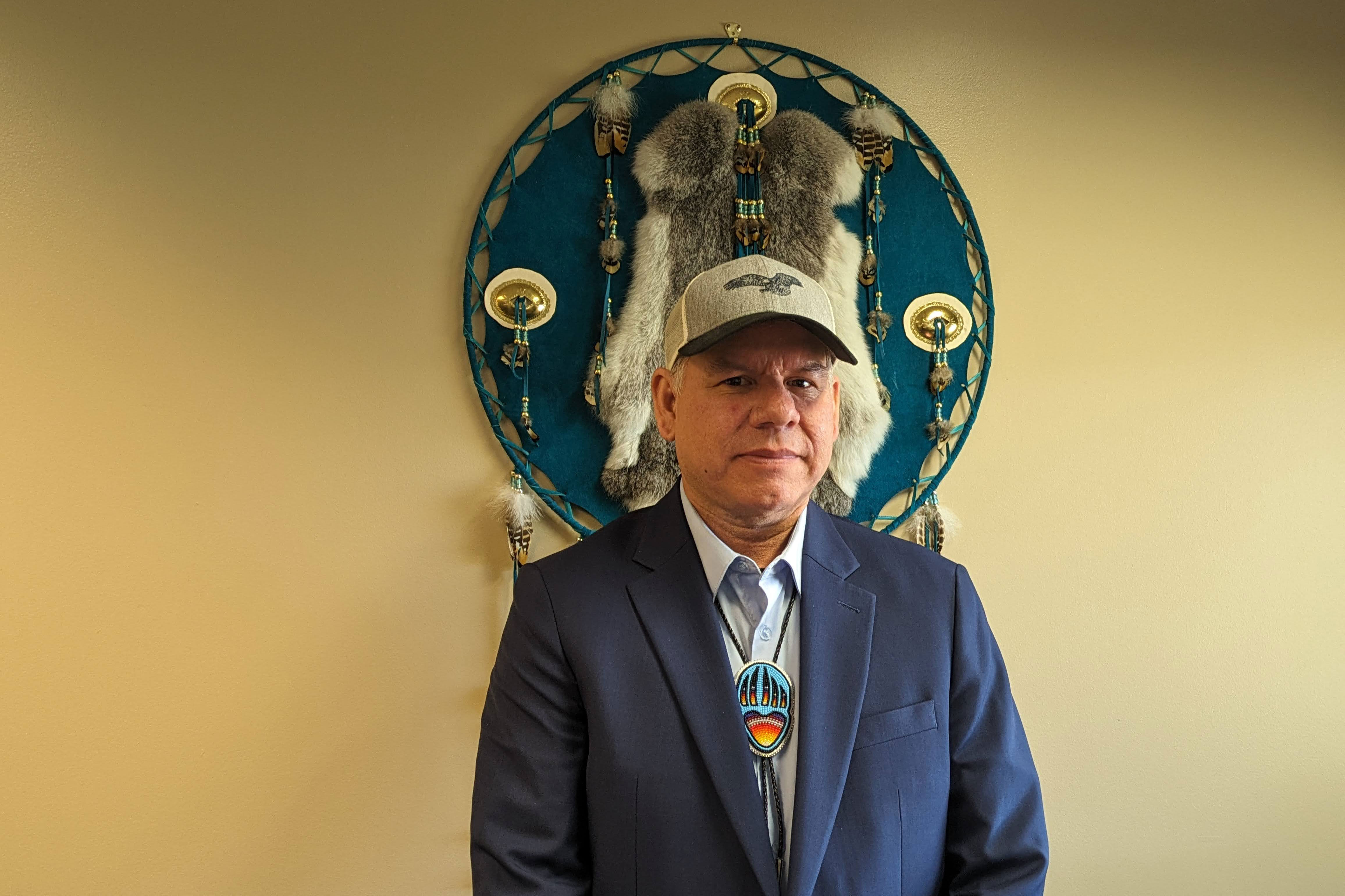Presque Isle, Maine – Outside the Mi’kmaq Nation’s health department stands a dome-shaped tent, hand-built from plants and covered with black canvas. It’s one of many sweat lodges on the tribe’s land, but it’s dedicated to helping people recover from drug addiction.
10 people enter the lodge at a time. Stones heated by the fire – called grandmothers and grandfathers, the spirits they represent – are brought inside. Water is sprinkled on the stones and the lodge is filled with steam. It feels like a sauna, but hotter. The air is dense and dark. People pray and sing songs. It is said that when they leave the lodge, they re-emerge from the mother’s womb. Cleared. Rebirth.
Katie Aspling, health director for the roughly 2,000-member tribe, said the experience could be “an important tool” in treatment.
Recovering patients have requested sweat lodges for years as a cultural element to supplement counseling and medications from the tribe’s health department, he said. already offers, But insurance doesn’t cover sweat ceremonies, so, until now, the department couldn’t provide them.
In the past year, the Mi’kmaq Nation received more than $150,000 from settlements with companies that manufactured or sold prescription painkillers and were accused of exacerbating the overdose crisis. One third of that money was spent on sweat lodges.
health care companies are pay More than $1.5 billion to hundreds of tribes over 15 years. This windfall is similar to settlements that have occurred among similar companies. payments to state governmentsThe total amount of which is approximately $50 billion.
For some, the lower payments to tribes match their smaller populations. But some tribal citizens say the overdose crisis has had a disproportionate impact on their communities. Native Americans had the highest death rate of any racial group each year from 2020 to 2022. And federal officials say those figures were underestimated by about 34% because the race of Native Americans is often misclassified on death certificates.
Still, many tribal leaders are grateful for the settlements and the unique way of spending the money: Unlike state payments, money sent to tribes can be used Traditional and cultural healing methods – Anything from sweat lodges and smudging ceremonies to basket making and programs teaching tribal languages.
“It’s really a gift to have these dollars to do this,” said Aspling, of the Mi’kmaq tribe. “This will be absolutely fundamental to the well-being of our patients” because connecting with their culture “is where they will really find the most profound healing.”
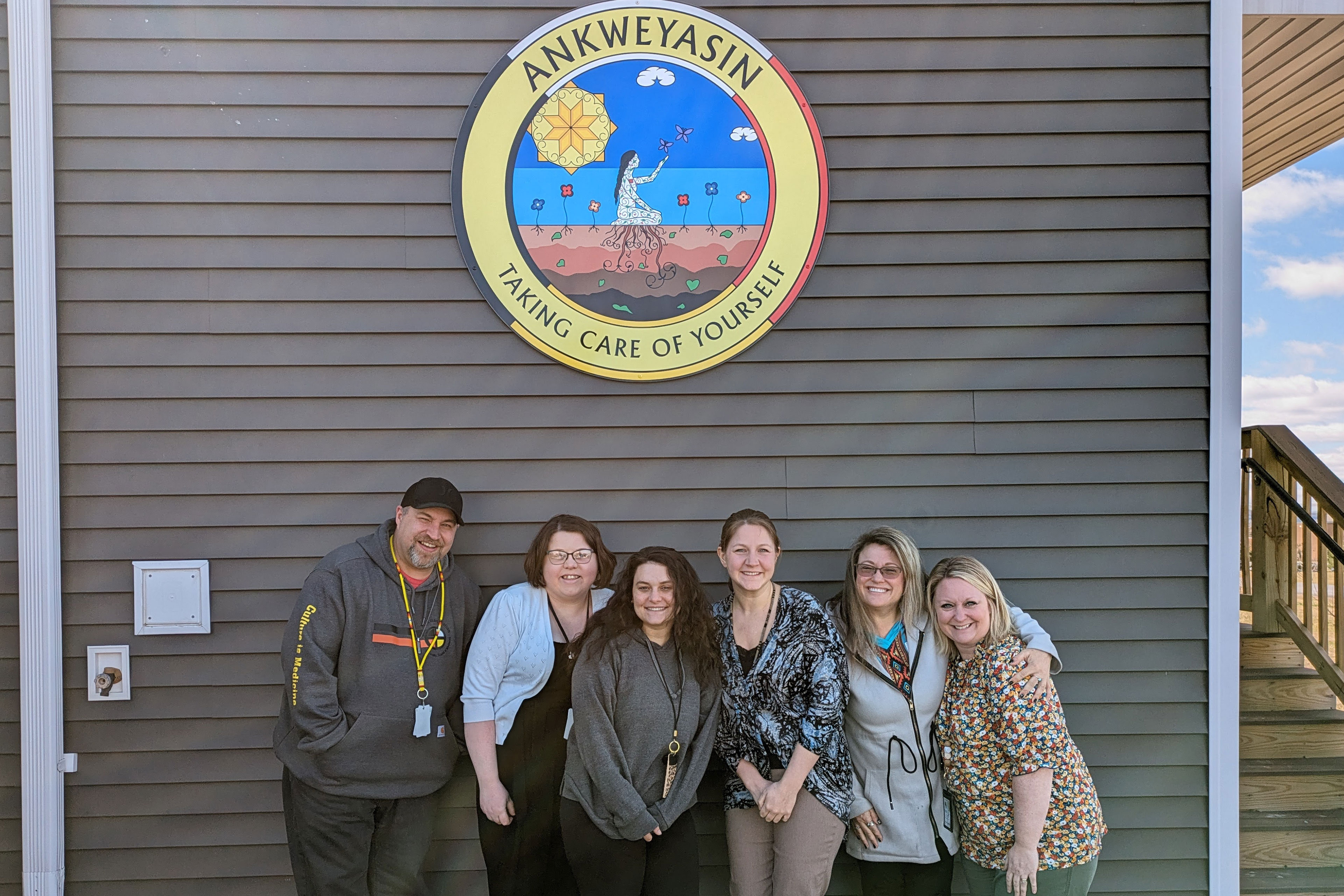
Public health experts say the underlying cause of drug addiction in many tribal communities is intergenerational trauma, resulting from centuries of brutal treatment, including broken treaties, land theft and a government-funded boarding school system. Which tries to erase the languages and cultures of the tribes. This is due to factors such as the long-standing lack of investment in Indian healthcare, as well as low life expectancy and high rates of addiction, suicide and chronic diseases.
Using the settlement money to reconnect tribal citizens with their traditions and rekindle pride in their culture can be a powerful healing tool, he said. andrea medley, a researcher at the Johns Hopkins Center for Indigenous Health and a member of the Haida Nation. He helped create theories How tribes may consider spending settlement funds.
Medley said that having respect for those traditional elements clearly outlined in the settlements is “really unprecedented.”
‘a drop in the bucket’
Of the 574 federally recognized tribes, more than 300 have received payments so far, totaling more than $371 million, according to Kevin WashburnOne of three court-appointed directors overseeing tribal settlements.
Although this seems like a huge amount, it is small compared to the loss that tribes have suffered from the drug addiction crisis. There are also hundreds of tribes that are excluded from payments because they are not federally recognized.
“These rebate funds are like a drop in the bucket compared to what they are spent on,” he said. corey hinton, an attorney who represented several tribes in opioid litigation and was a citizen of the Passamaquoddy Tribe. “Prevention is a cheap word when we’re talking about a crisis that is still raging and devastating communities.”
Even leaders of the Navajo Nation – the largest federally recognized tribe in the United States, which has received $63 million so far – said the settlements cannot match the magnitude of the crisis.
“It’ll hurt a little bit, but it’ll only go so far,” said Kim Russell, executive director of the Navajo Health Department.
The Navajo Nation is trying to raise money by using it to improve its overall health system. Officials plan to use the payments to hire more coding and billing staff for tribe-run hospitals and clinics. Russell said those employees will help ensure that health systems continue to receive reimbursements and help maintain and expand services, including addiction treatment and prevention.
Navajo leaders also want to hire more physicians specializing in substance abuse treatment, as well as primary care doctors, nurses and epidemiologists.
“Building buildings is not what we want” with opioid settlement funds, Russell said. “We are nation-building.”
High stakes for small tribes
Smaller nations, such as the Poarch Band of Creek Indians in southern Alabama, are also developing strategies to pursue settlement money.
For the tribe of about 2,900 members, that means investing $500,000 — most of what it has received so far. statistical modeling platform Its creators say it will simulate the opioid crisis, predict which programs will save the most lives, and help local officials decide the most effective use of settlement cash in the future.
Some recovery proponents have questioned the value of the model, but the tribe’s vice president, Robert McGhee, said this would provide the data and evidence needed to choose between efforts competing for resources such as recovery housing or peer support specialists. The Tribe wants to do both, but realistically, it has to prioritize.
“If we have this model and we put the necessary money into it and get the support, it will work for us,” McGhee said. “I just feel it in my gut.”
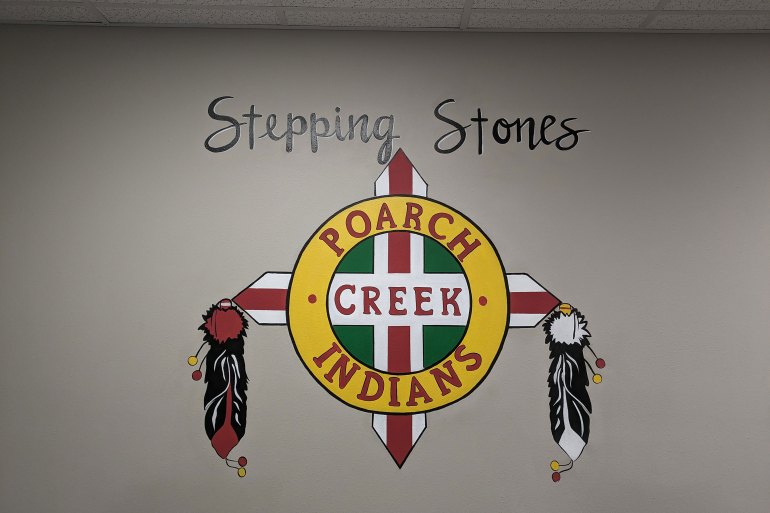
The Poarch Band of Creek Indians runs a sober living facility called Stepping Stones in southern Alabama. The facility provides discounted rent and support services to people early in their recovery. (Aneri Pattani/KFF Health News)
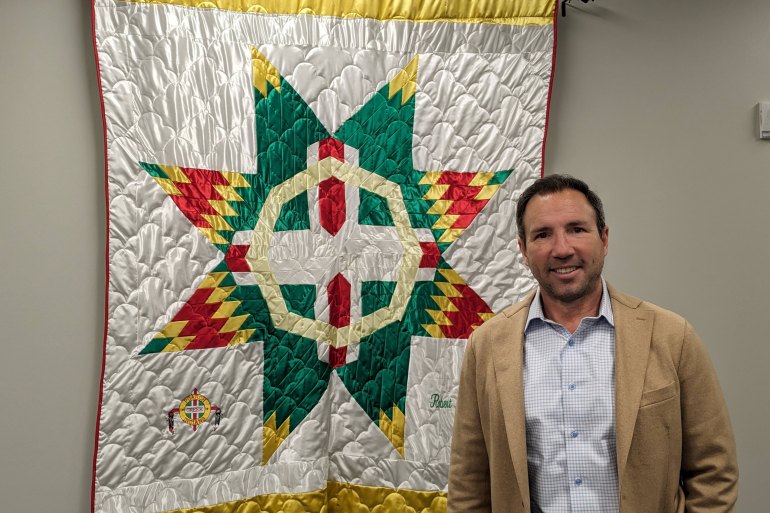
Robert McGhee is vice president of the Poarch Band of Creek Indians, a tribe of about 2,900 members in southern Alabama. The tribe has spent $500,000 of its opioid settlement funds on a statistical modeling platform that its creators say will help local officials decide the most effective use of future settlement payments. (Aneri Pattani/KFF Health News)
the stakes are high. In small communities, each death affects the entire tribe, McGhee said. Losing a leader symbolizes decades of lost knowledge. The demise of a speaker means further erosion of the native language.
For Keisha Fry, who oversees the Porch Band of the Tribal Court of Creek Indians and sober living facility, using the settlement money effectively is personal. “It means a lot to me to understand this community better because this is where I live and this is where my family lives,” she said.
Eric Lamoreau in Maine adds a personal touch to the work. More than a decade ago, he sold drugs on Mi’kmaq lands to support his addiction.
“I’ve caused harm to this community and it was really important for me to come back and try to right some of those wrongs,” Lamoreaux said.
Today, he works as a peer recovery coordinator for the tribe, a new role created from opioid settlement funds. He uses his experience to connect with others and help them recover – whether that means taking someone to court, working on their resume, working out together at the gym, or playing cribbage. Hosting a club where people play card games and socialize without talking. Alcohol or drugs.
Starting this month, Lamoreau’s work will also include connecting customers who seek cultural elements of recovery to the new sweat lodge service — an effort he finds promising.
“The more you are in tune with your culture — no matter what culture it is — it connects you to something bigger,” Lamoreaux said. “And when we’re in recovery, when we talk about spiritual connection that’s really what we look at. This is something bigger than you.”
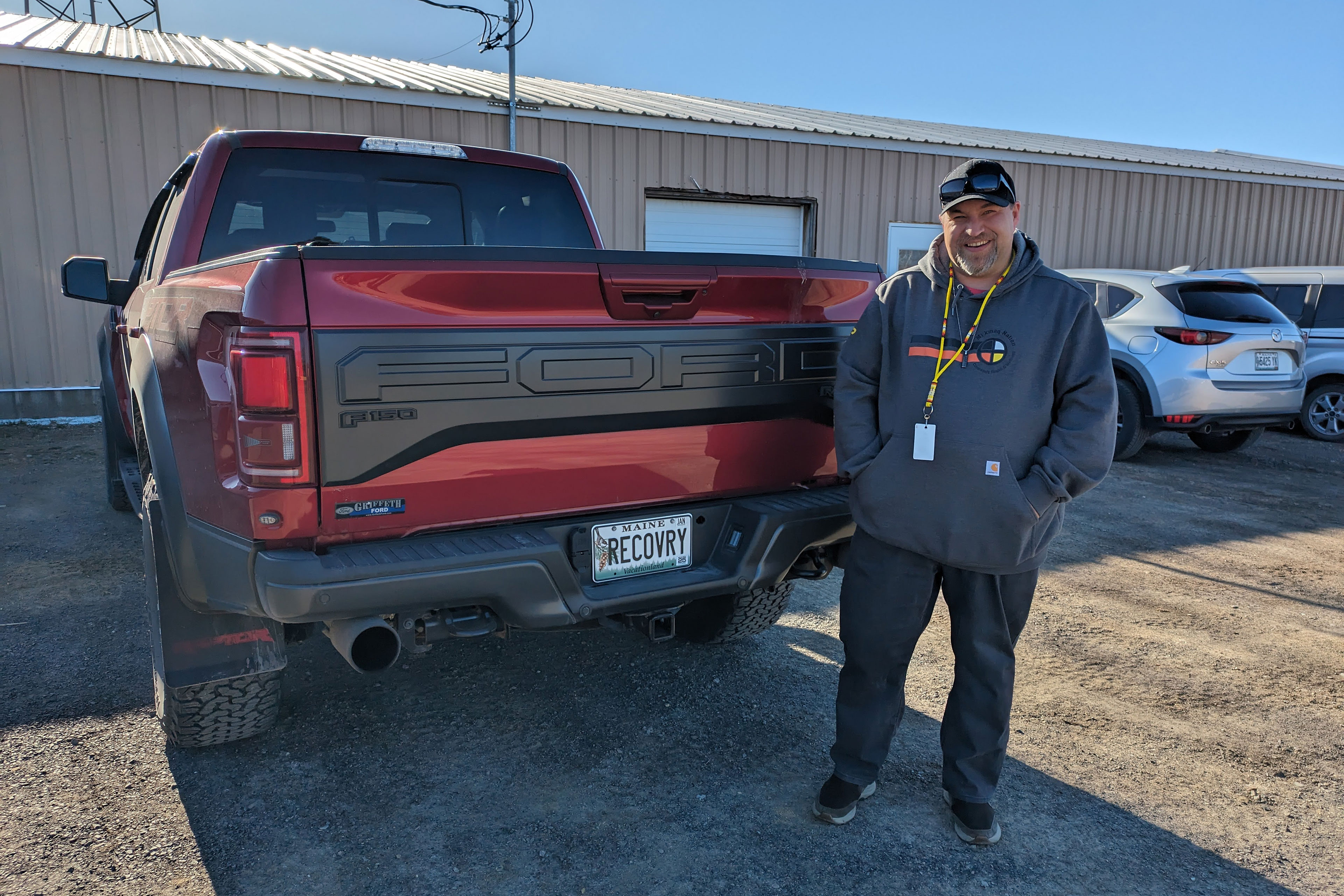
tribal-nations-invest-opioid-settlement-funds-in-traditional-healing-to-treat-addiction-kff-health-news

